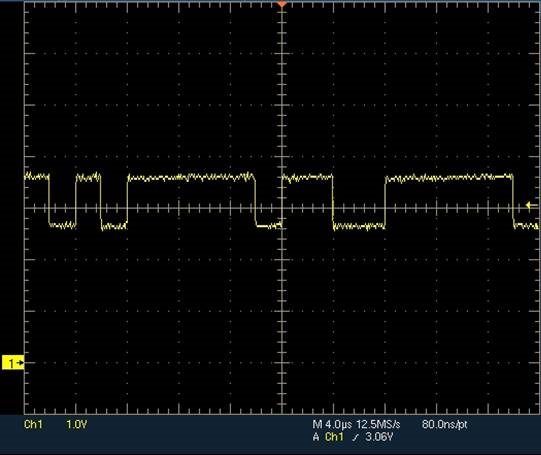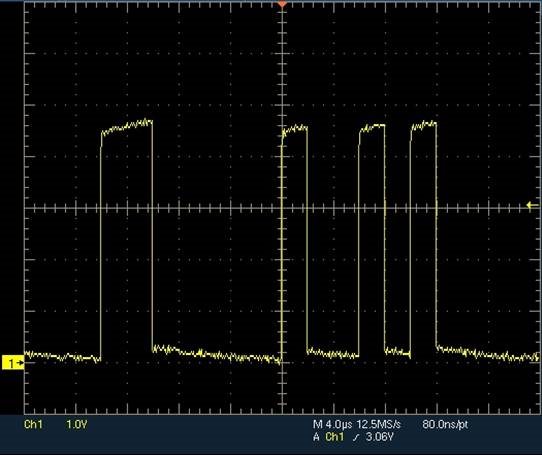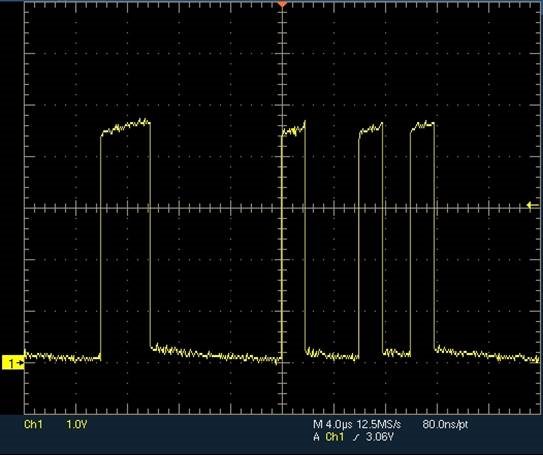Other Parts Discussed in Thread: TCAN1043-Q1, TCAN1043
Hi Team,
Can you please clarify if the TCAN1042-Q1 can protect against CANH/L or CANL/Vcc or CANL/Vcc short?
Also, do the TCAN1042-Q1 and TCAN1043-Q1 both offer the same bus-level protection in terms of physical layer faults?
Thanks,
Mitchell





